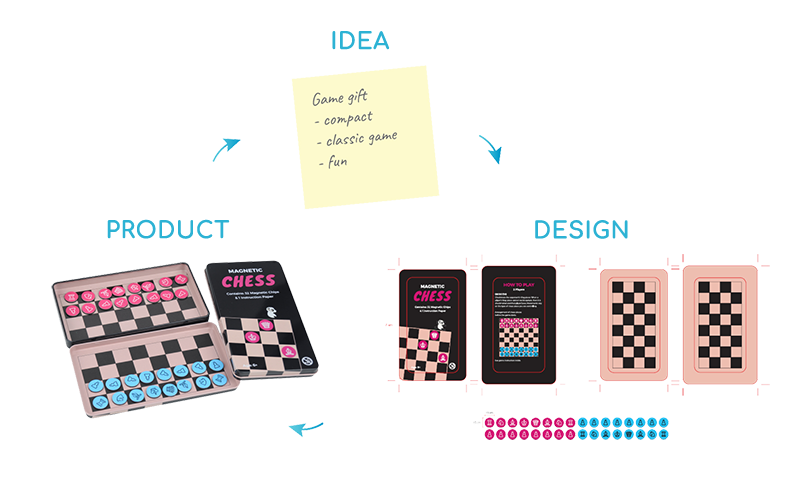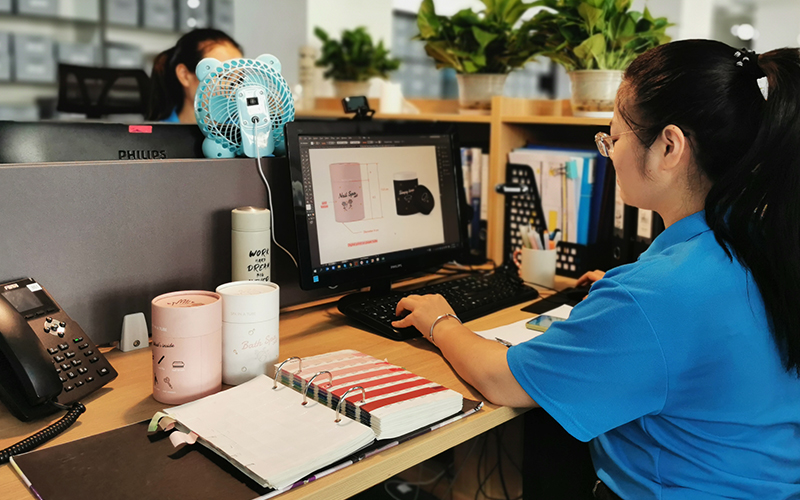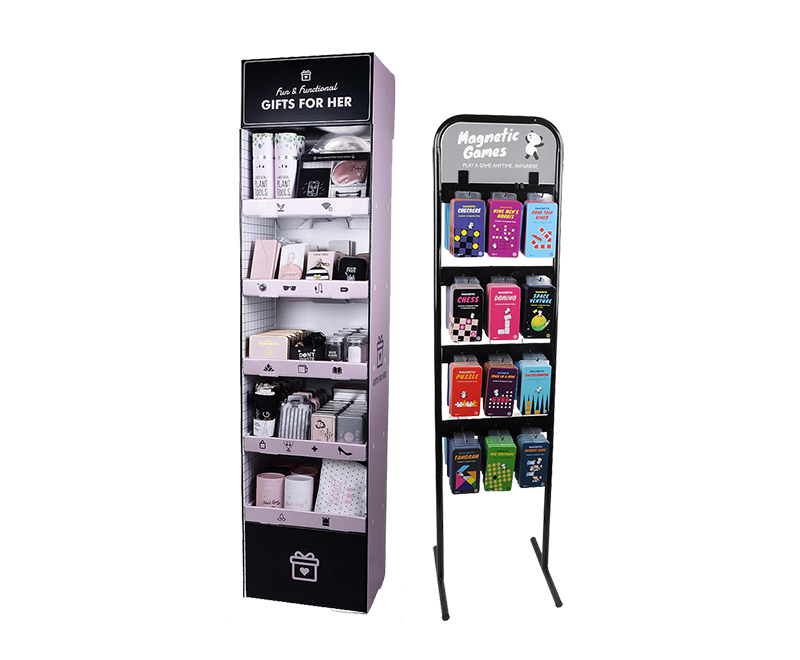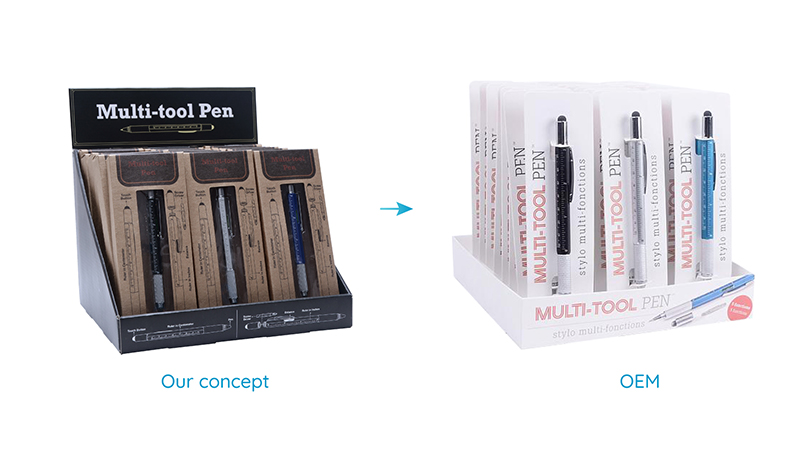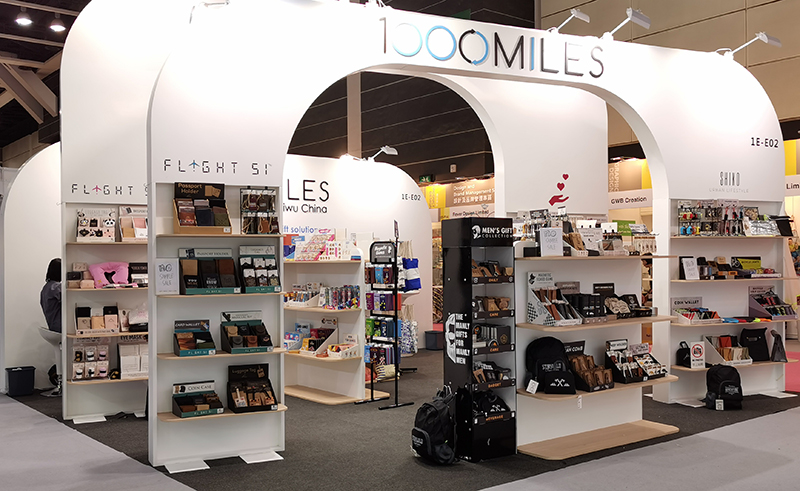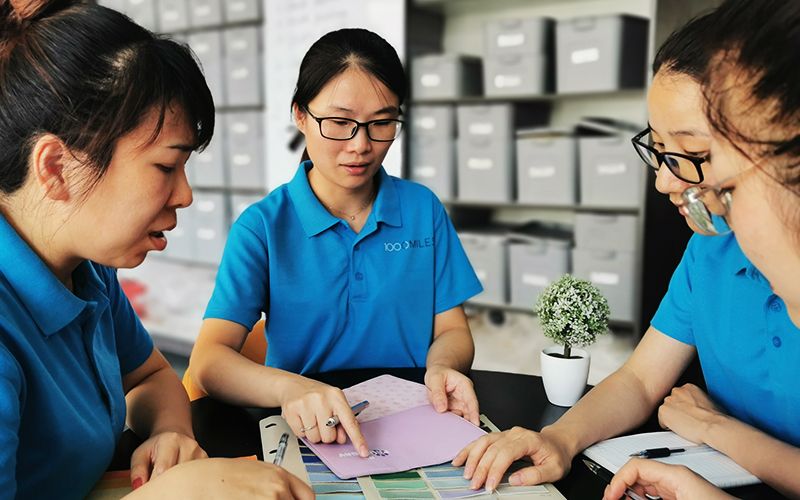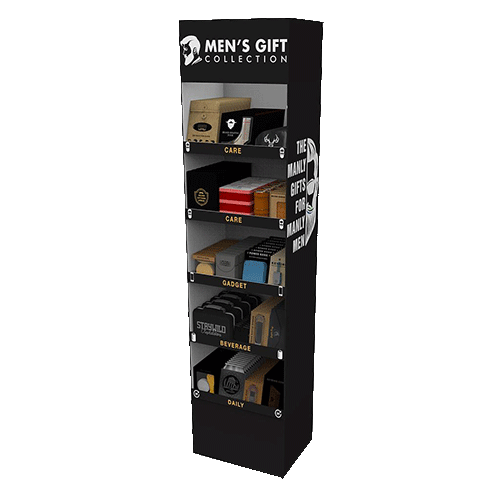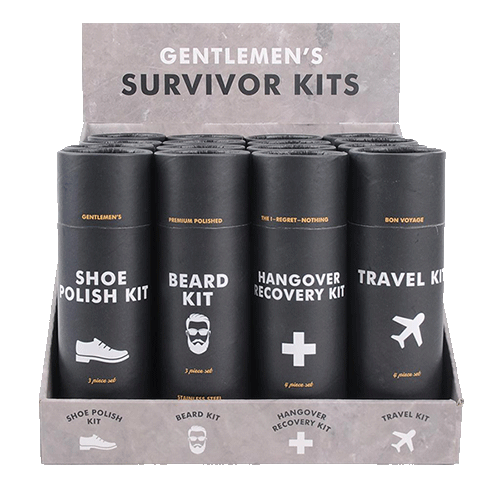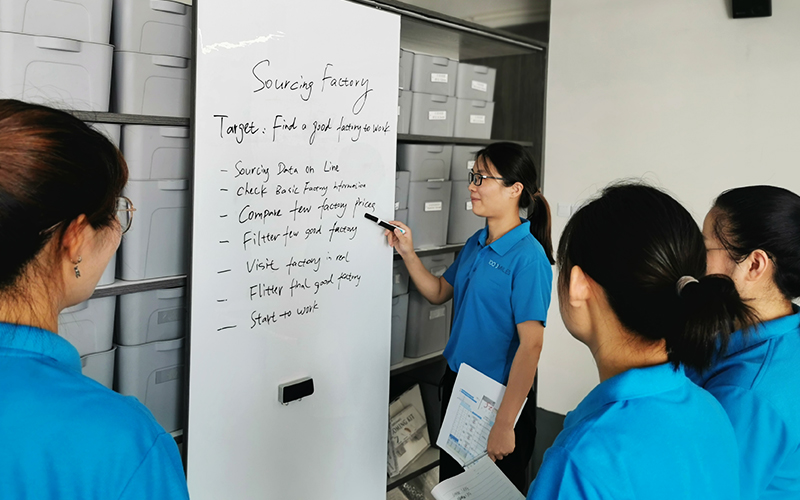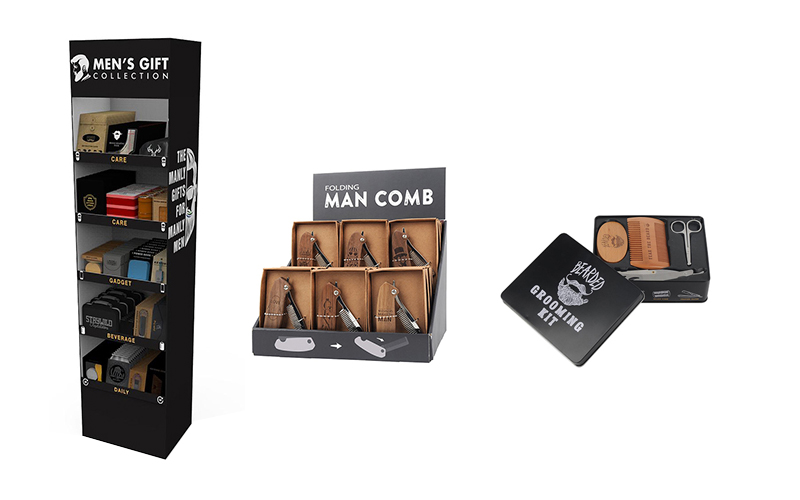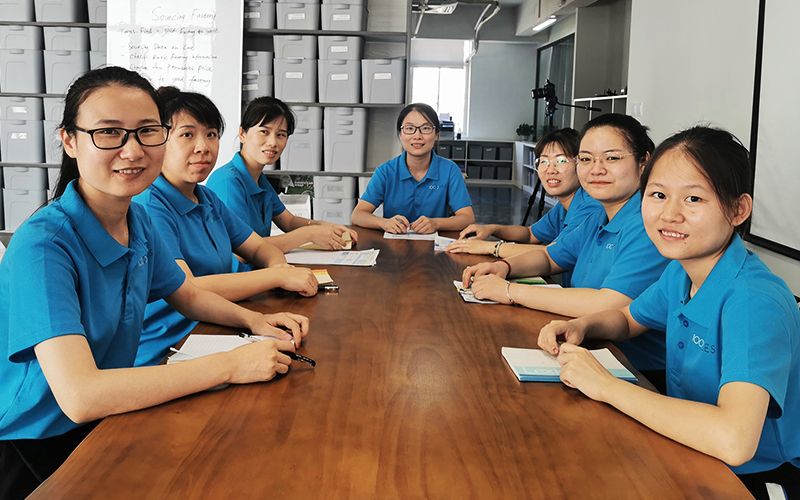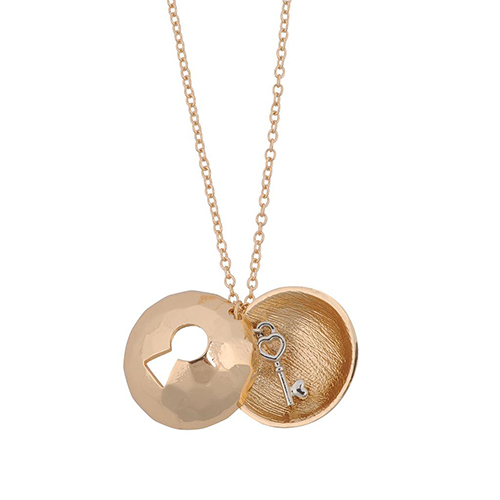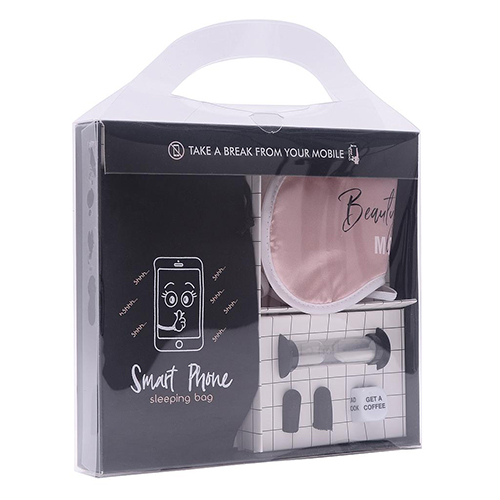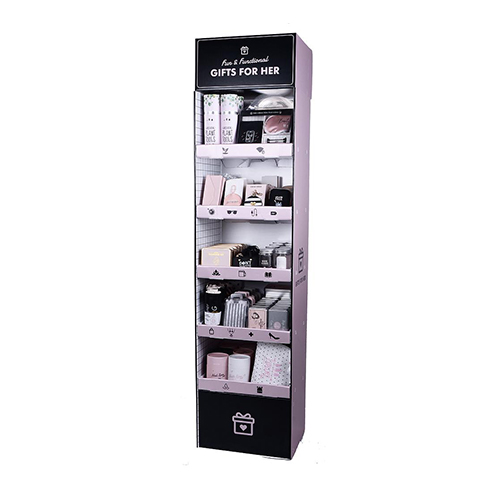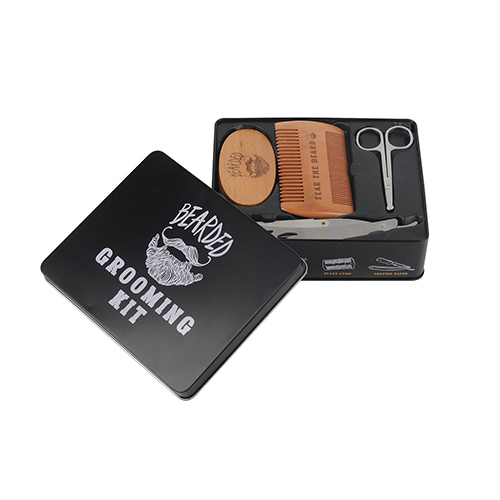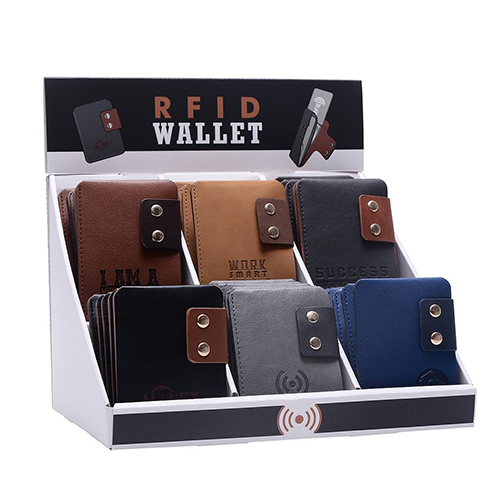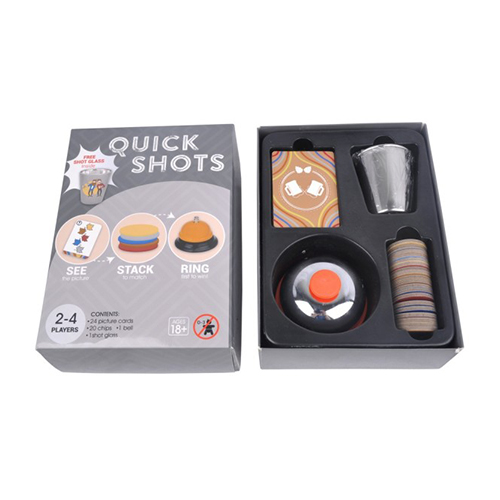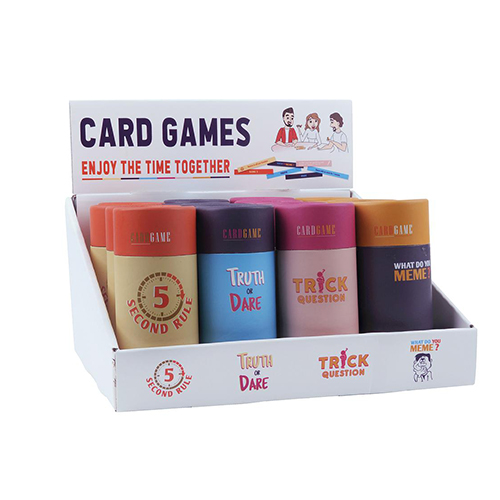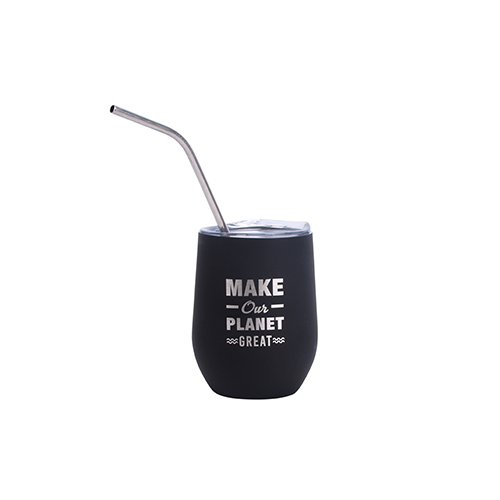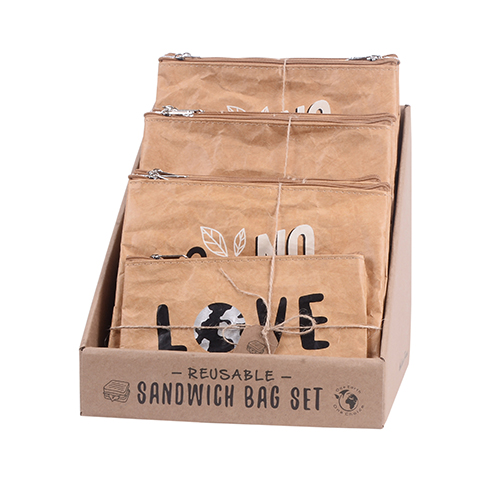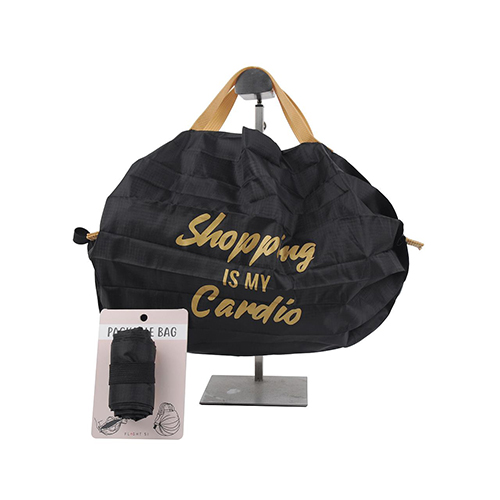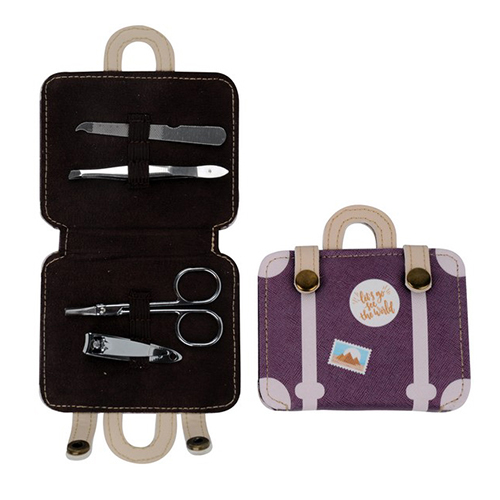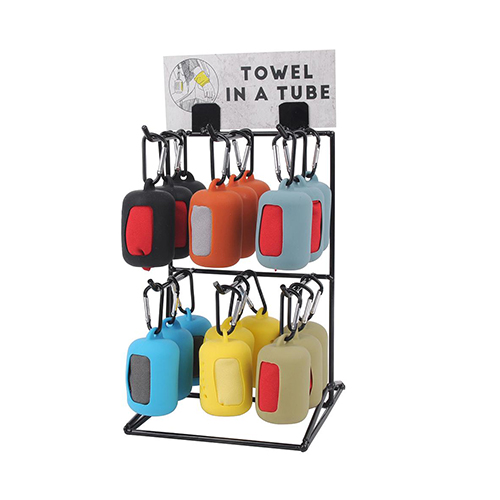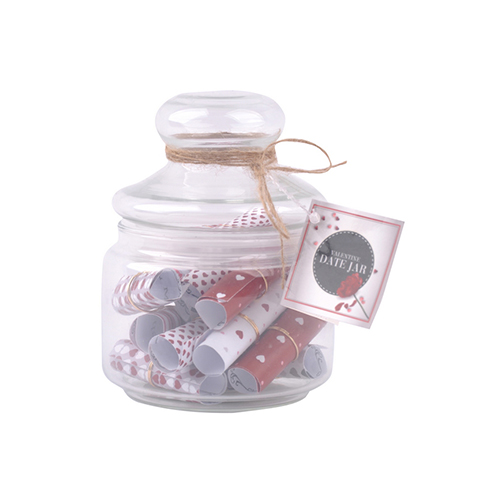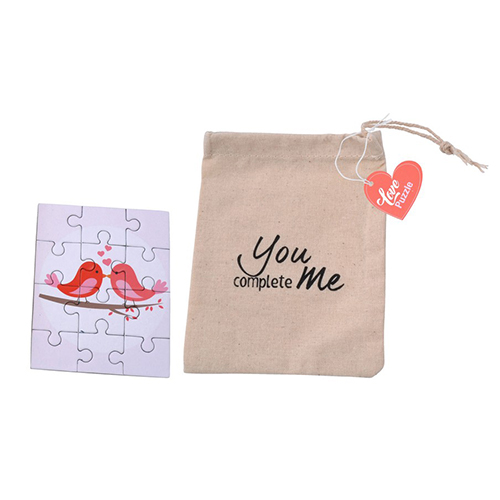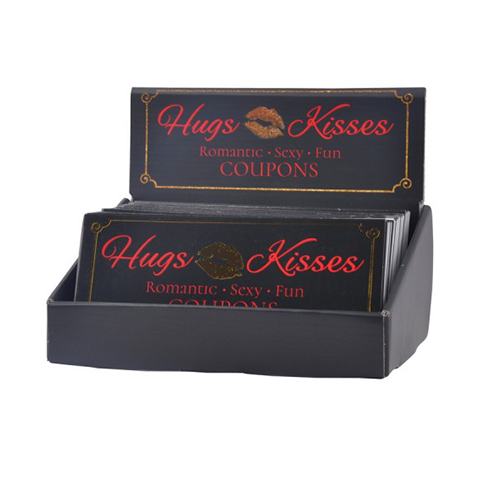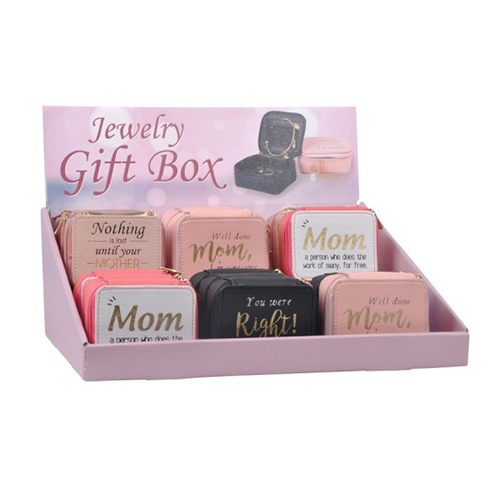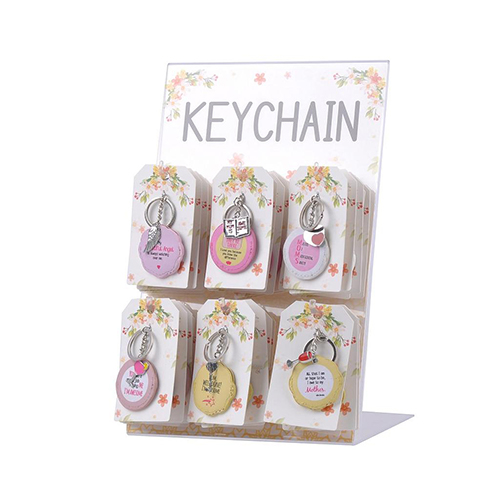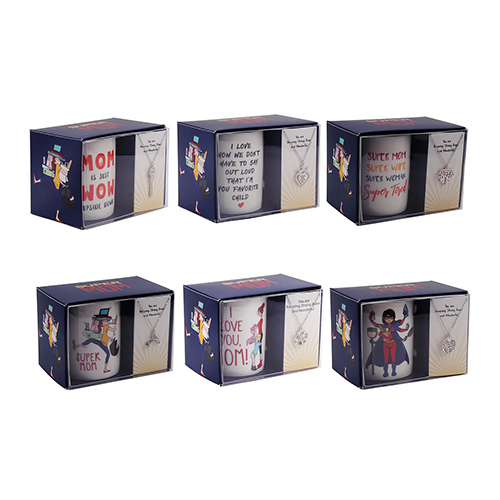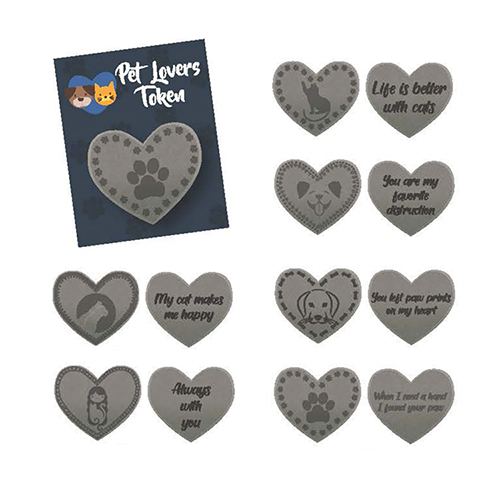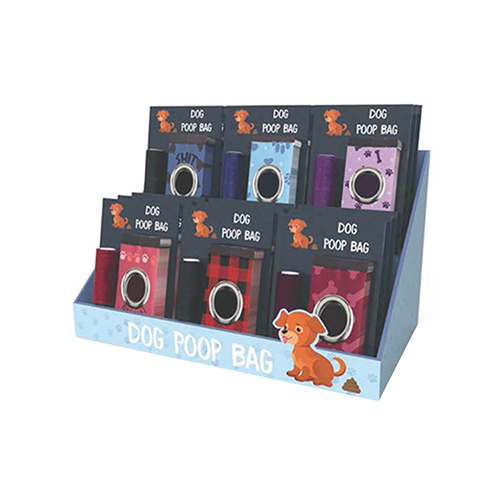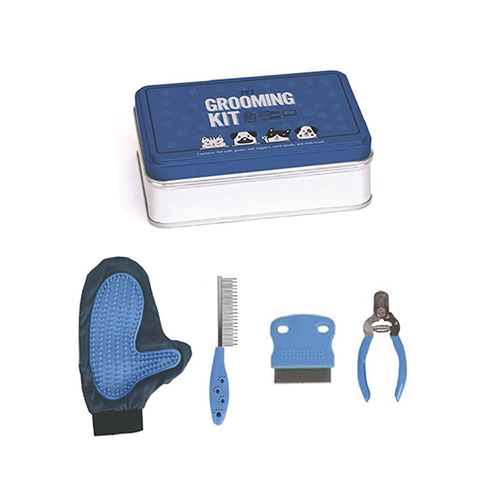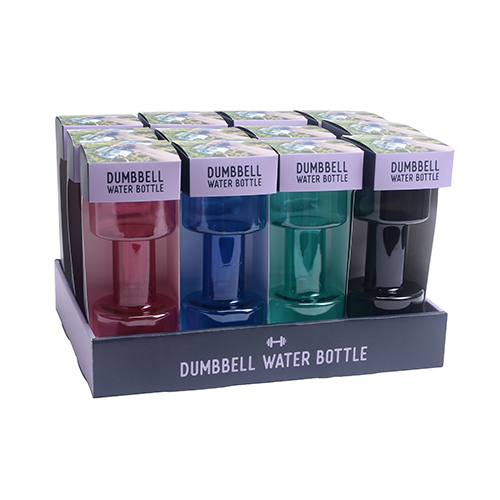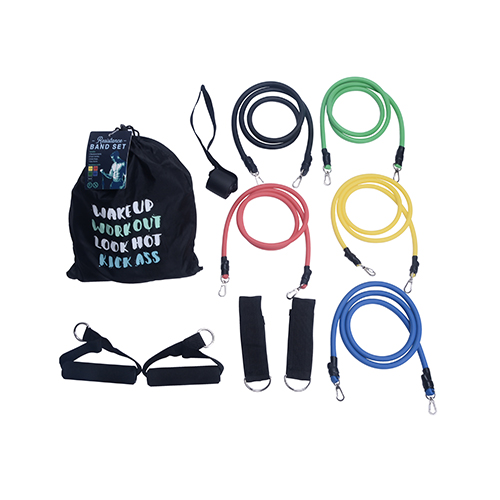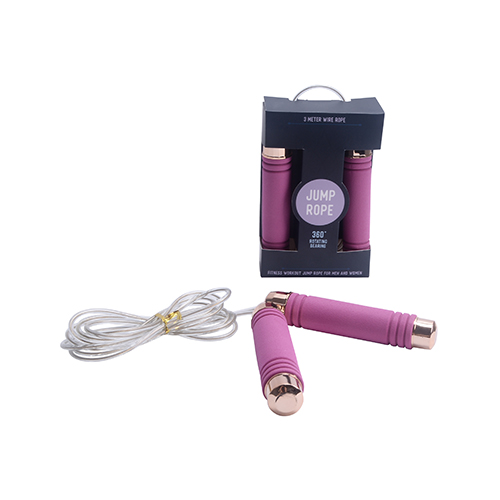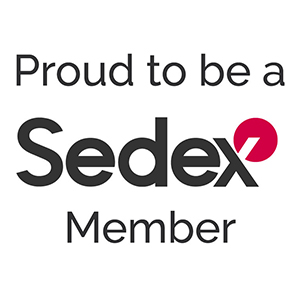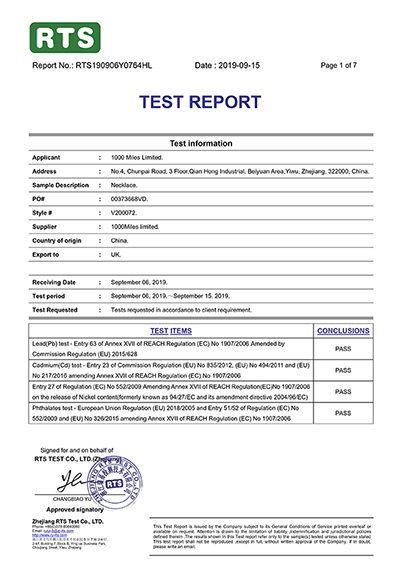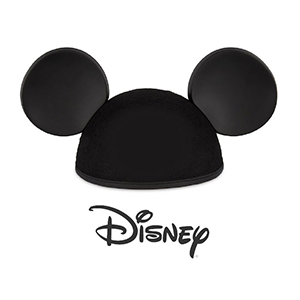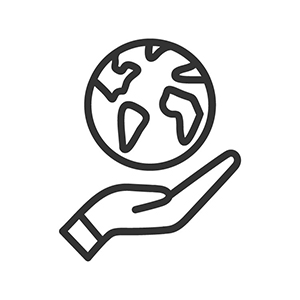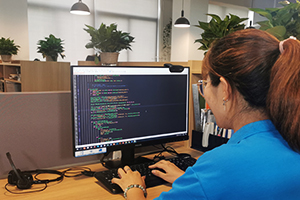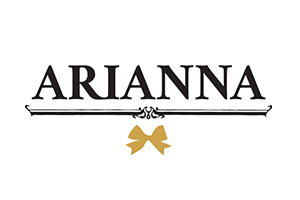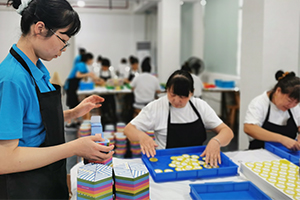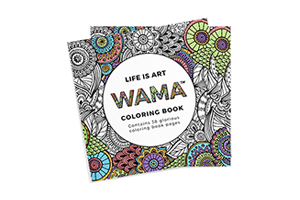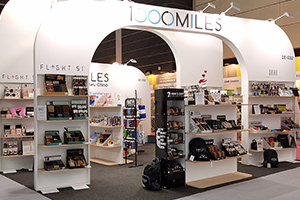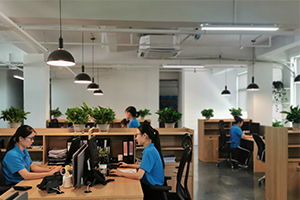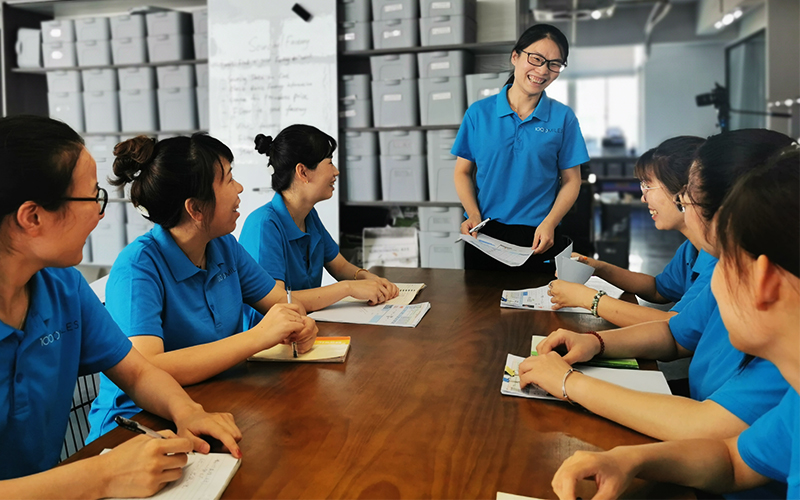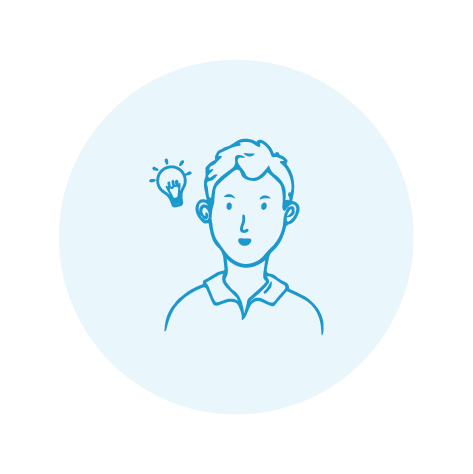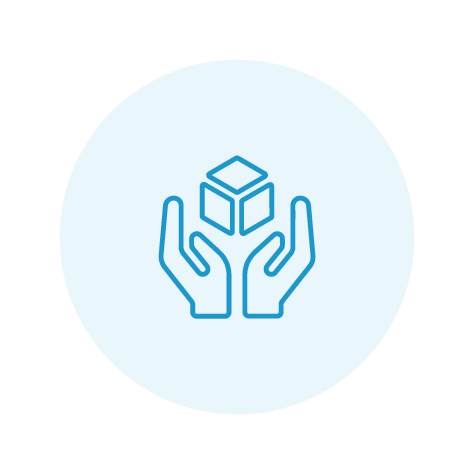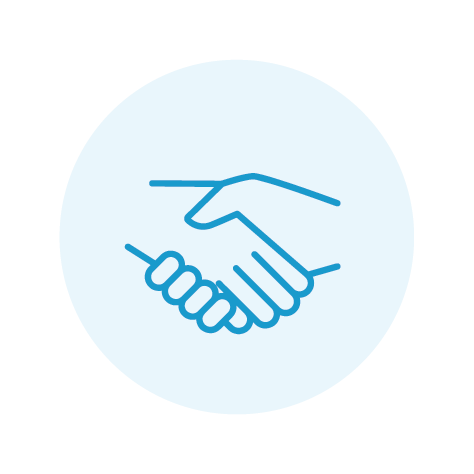


Creating your own product from scratch is a challenge. But despite this, why should you still choose to invest in product development?
Well, imagine buying the same finished product as your competitor. You may start to sell it at your shop but the product loses its value as more people have it too. To win over your competitor, you decide to sell the product at a lower price, although you know that this will bring you to a lower profit.
To stop this from happening, product development comes in.
When you make your own product, you can offer something different, new and fresh to your customers. And because your product is unique, you can offer it at a much higher value.
A lot of businesses have been using product development to offer new products or improve existing products to meet the demands of the market, which helps them to generate more business sales.
Although process may vary by industry, we list practical steps of product development to increase your sales by turning your idea into reality.
-
Idea Generation
Every product development process starts with brainstorming ideas.
There are endless sources of product ideas and here and some of the ways you can get them:
-
Market Trends – Checking products that are in and popular in the market? Or can also come from inquiries or items that your consumers are looking for at the moment.
-
A solution to a problem – A great idea can sometimes come from looking at the current market problems and thinking of the possible solutions you can offer through a product.
-
Competition – You can also find inspirations about the next product you can do by looking at your competitors. You may find good concepts that you can also offer to your consumers.
-
Random Thoughts – A sudden spark of creative idea can happen whenever you go running, taking a shower, or maybe just sitting on a couch. So, it’s important to immediately take note of this idea as it might be the next best-seller.
-
Planning
Now you have a good idea, you need to create a clearer direction for the product.
In this stage, you will need to define the following:
-
Target Market
Be clear on who will use your product.
Will it be for girls or boys? For young or old?
If you know your consumers, you will more focused on understanding their needs and characteristics. Identifying your target market will also help you to set your product details such as color, design, packaging and price that will suit best for them.
-
Competition
You need to check if the product you want to develop is already existing. If not, then great! Your idea is unique.
However, if there is somebody selling or have done the same item as what you want to develop, you need to think how you can make your product be more attractive than the competition.
Think on how to make a better version of the said product so you can get 1 step ahead your competitor.
-
Price
What is your price range? How do you want to position the product in the market?
Price greatly affects a consumer's decision to purchase a product. Consumers also see price in different ways. At this stage, you need to identify what is the price range you want to offer this product to your target consumers.
By knowing target price in the early stage, it can help you later on your product development process.
-
Product Design
It is important to have a concrete idea on how you want the product to look like. It can be sketches or reference photos explaining all the details, features, functions, materials, and even the initial graphic designs you want.
This will help you to explain to your manufacturers the idea of the product and avoid miscommunications.
-
Finding Suppliers
After having a clear direction on how you want the product to be, it's time to find suppliers that can manufacture the product for you.
There are a lot of manufacturers but not all can do the job correctly. Therefore, finding the right supplier is as important as well.
In China, it is quite difficult to find suppliers that can manufacture items with different materials (for example wood & glass). Also, if product seems complicated, you need to expect a lot of “cannot do” from Chinese suppliers.
However, there are also manufacturers based in China that offers complete Product Development services. From the product itself down to its packaging, these manufacturers will help you out.
They are well experienced in developing new products and can suggest options for materials or designs solutions for any issues or specific requirements.
-
Prototyping/Sampling
Prototyping is the phase where your ideas finally turn into a real tangible product.
The purpose of prototyping or sampling is to create a finished product that can be used to refer to for mass production.
The chances are slim on creating your final product in a single attempt. Oftentimes, it will take several samples, versions and improvements before you can get your product finalized.
-
Costing
This stage involves the process of taking all cost information of the product you want to develop. Costs include manufacturing, shipping, import fees, and all testing requirements needed.
You will also need to see how much your margin will then be after deducting all costs from your target offer price.
Costing stage can also be done simultaneously with prototyping. As you go along, you will need to find alternative options or materials that can be within your target prices.
-
Mass Production
After finalizing everything, you can order for mass production and then launch the products to your target consumers.
Of course, this does not end here. You need to keep track of your sales so you can know if the product is successful or not.
You can also take note of general comments and suggestions to better improve the product you offer over time.
Summary
To put it simply, the process of product development is surely challenging. However, the investment you make in creating a unique and nice product to offer your consumers can pay off in the long run.
Combined with a reliable supplier who can assist you in each step of the process, your concepts are sure to become a reality.

